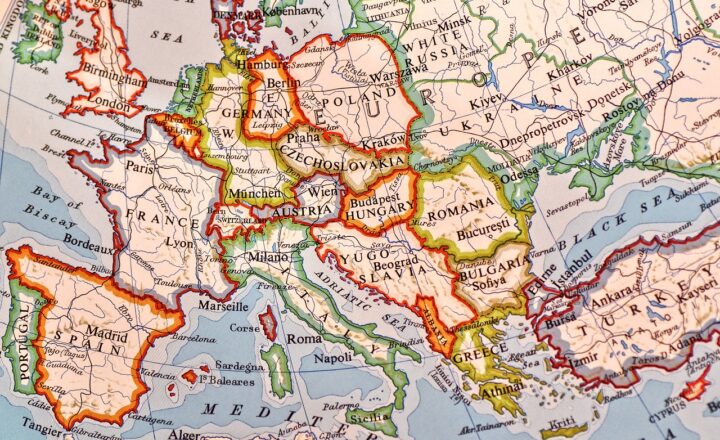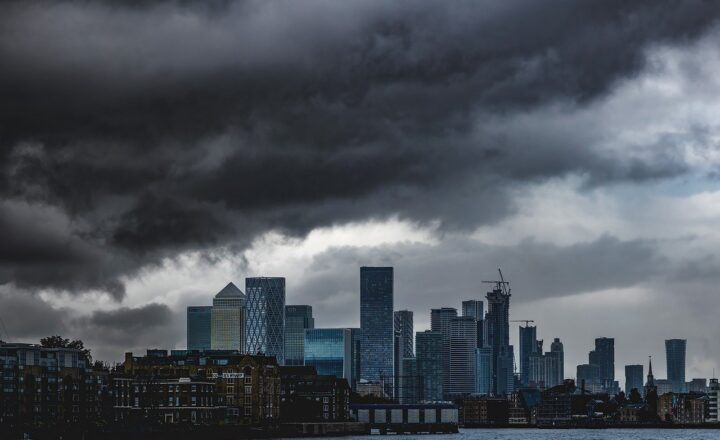
Antarctica, the continent renowned for its vast ice sheets and frigid temperatures, holds a secret that has fascinated historians, cartographers, and scientists alike for centuries: ancient maps that depict its landmass free of ice. How is it possible that cartographers existed centuries ago who accurately portrayed a land that should have been covered by a thick ice sheet? In this article, we will dive deep into some of the most compelling ancient maps of Antarctica, the theories surrounding their creation, and the implications they have for our understanding of history and the earth’s climatic changes.
1. Historical Context of Mapmaking
Mapmaking has evolved significantly throughout history. From the early navigational charts of the Phoenicians to the complex maps of the Age of Exploration, each represents the geographic knowledge of its time. Ancient civilizations utilized maps primarily for navigation, land ownership, and territorial claims. Notably, the Medieval European maps were often filled with mythical representations and relied heavily on the knowledge of explorers and travelers.
One remarkable aspect is the sophistication with which some ancient maps were created. A prime example of this sophistication is found in the Piri Reis Map, created in 1513 by the Ottoman admiral Piri Reis.
2. The Piri Reis Map: A Glimpse of Antarctica?
One of the most debated artifacts in the world of cartography, the Piri Reis Map, shows a detailed depiction of parts of the Americas, the western coast of Africa, and intriguingly, a section thought to resemble Antarctica. This map has led to speculation given its depiction of land masses that were not officially discovered until centuries later.
What makes the Piri Reis Map particularly fascinating is its accuracy. Lines and geographical landmarks starkly resemble the layout of the world’s continents, yet what draws attention are features that seem to align with the Antarctic coastline.
2.1 The Ice-Free Antarctica Hypothesis
Many researchers argue that if the depiction of Antarctica is accurate, this means that the continent was once ice-free. Some even propose that this was during an earlier period of human civilization, leading to the question: How could ancient cartographers have created such a map?
Several hypotheses have emerged, ranging from the speculative to the scientifically plausible:
- Lost Civilizations: Some theorists suggest that there may have been advanced civilizations capable of sophisticated navigational technologies long before recorded history. This notion raises debates around the existence of a culture that thrived on Antarctica when it was inhabitable.
- Ancient Discoveries: Others speculate that the land may have been discovered by ancient inhabitants or explorers who managed to map the land before it was covered with ice, potentially during a period known as the last interglacial phase (around 125,000 years ago).
- Geological Shifts: Finally, some scientists argue that geographic changes or a significant shift in the Earth’s climate could have allowed for such a mapping to be possible, where the ice coverage took hold long after the original map was created.
3. Other Notable Ancient Maps and Theories
In addition to the Piri Reis Map, other ancient maps have stirred discussions about their enigmatic depictions of Antarctica. Among them are:
3.1 The Orontius Finaeus Map
Created in 1531, the Orontius Finaeus Map is noteworthy for its portrayal of Antarctica, representing landmass without ice and detailing geographical features. The accuracy of the map indicates a level of sophistication not common in the 16th century. However, the origins of these mappings remain shrouded in mystery, further fueling the debate among historians and researchers about their creation.
3.2 The A.F. Müller Map
Published in 1784, this map illustrates extensive geographical knowledge of the southern hemisphere at the time. It displays a representation of Antarctica that suggests more than a mere guess of what the land looks like; it seems to offer contrasts with common interpretations of the modern mapped Antarctic region, raising questions about what knowledge was available during that period.
4. The Role of Technology in Ancient Map Creation
The accuracy and sophistication of these maps prompt a re-evaluation of the historical abilities of ancient civilizations. Devices like the astrolabe, compasses, and knowledge of celestial navigation contributed to mapping the sea and land routes not only in Europe but also across other cultures that explored the world.
Modern advances in technology, including GPS and satellite mapping, allow for accurate depictions of previously unexplored areas, leading to suspicions that ancient cartographers had access to highly refined techniques and methodologies unknown to historians today. This aspect re-ignites discussions on just how much ancient civilizations knew about the world.
5. The Implications of Ice-Free Antarctica
If ancient maps depict Antarctica without ice, one important question arises: What does this mean for our understanding of climate change and earth’s environmental history?
Geological evidence indicates that Antarctica has undergone significant shifts in climate over millions of years. Scientists have drawn links between the current phenomena of global warming and those historical patterns, establishing that continental drift and climatic changes could reshape our planet.
The idea that a landmass could have existed ice-free would suggest that life forms might have flourished on the continent long ago. Furthermore, this underscores the pressing importance of current climate studies and the need to preserve the fragile ecosystems we have today.
Conclusion: A Mystery Still Unfolding
As we uncover the secrets hidden in ancient maps, the topic of ice-free Antarctica continues to remain an unsolved mystery. While theories do abound—from lost civilizations to ancient explorations—the truth remains elusive. What’s certain is that these maps compel us to question the established narratives of our human past. They urge us to further investigate our capabilities as human beings, pushing the boundaries of knowledge related to world history.
The allure of Antarctica is not only in its frozen landscape but also in the mysteries it harbors—stories from a time when ice did not cloak the land, leaving us to ponder what knowledge lies waiting.
Whether these maps reveal the truth of ancient civilizations or simply fueling the flames of speculation, our understanding of history is forever enriched by the contemplation they inspire. The journey to uncovering the answers continues, beckoning explorers and scholars alike to pursue the truth, one ancient map at a time.







